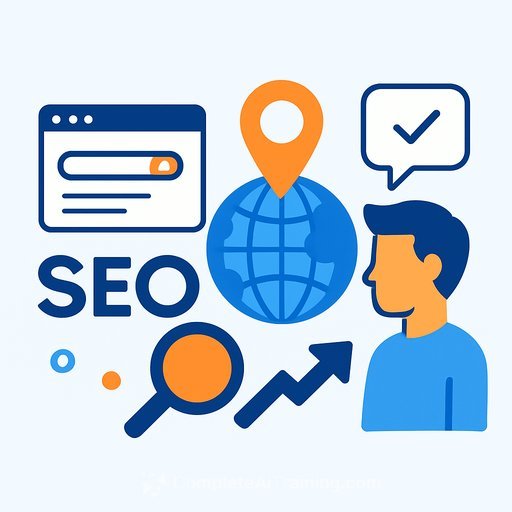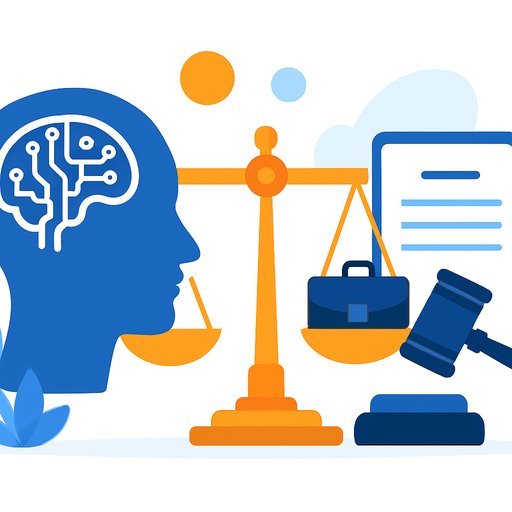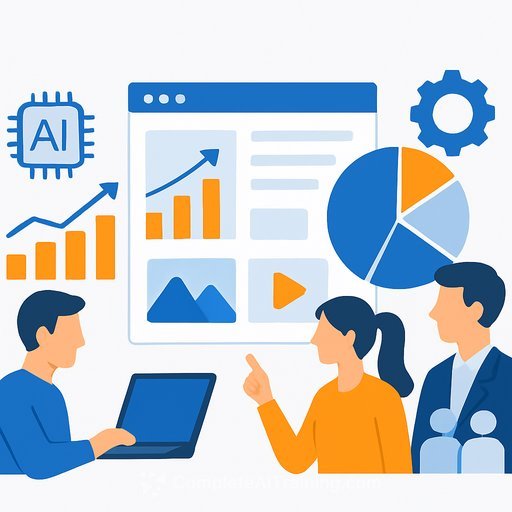Amazon's AI ad hub sets a new standard for full-funnel advertising
One year ago, Amazon Ads felt incremental. Now, momentum is real. Ad revenue grew 24% year over year in Q3 2025, approaching $18 billion, and the product roadmap has shifted from shiny features to an integrated system built to plan, buy and measure in one place.
The headline: full-funnel campaigns, a revamped Campaign Manager, and deeper streaming TV scale - all connected by AI and Amazon's first-party data. If these tools perform as pitched, they'll reset how teams run media, where budgets consolidate, and how agencies create value.
What Amazon just launched (and why it matters)
Amazon introduced full-funnel campaigns, coming next year, that use an AI agent ("Ads Agent") to automate targeting, media planning and optimization across sponsored ads, display and streaming TV. It runs on Amazon's first-party signals and an Authenticated Graph that reaches an estimated 90% of U.S. households.
Creative gets the same treatment. Creative Agent now produces streaming TV ads, while a revamped Campaign Manager unites sponsored ads and DSP in a single, AI-assisted workspace. Translation: less executional busywork, more time for strategy and creative testing.
"Platforms are automating the low-value, executional work," said Ted Iobst, president of performance agency Stellar. "The winners will be the firms that move up-funnel - into strategy, creative intelligence, cross-channel orchestration and real measurement."
Early outcomes: signal + AI beats guesswork
Amazon upgraded Brand+ and Performance+ models with new consideration tactics. In tax season, H&R Block combined its data with Amazon's to seed audiences for retargeting and optimization. According to Amazon, the push drove a 144% lift in full-funnel conversion rate and a 35% improvement in CPA.
The takeaway: when first-party data meets audience modeling and AI-assisted optimization, performance can scale without bloated frequency or wasted impressions.
Streaming TV: scale, signal, and a single buying desk
Prime Video now averages 315 million monthly ad-supported viewers globally, up from 200 million in April 2024. Amazon also claims to be the only place to access all premium streaming TV and audio under one roof, with new Inventory Hub dealmaking and Complete TV planning now available to all advertisers.
Streaming's shift to programmatic is accelerating. Per Amazon, 30% of non-YouTube streaming is sold programmatically, and 80% of that is biddable. The goal is clear: give buyers more control, more levers and a measurable tie to business outcomes - while acknowledging there's still work to do.
For context on how big streaming has become, Nielsen reports that streaming accounts for more than 44% of U.S. TV viewing time, surpassing broadcast and cable combined. See Nielsen's breakdown.
Does it actually drive results?
Amazon says DSP campaigns that consolidate streaming TV through its platform see 1.4x higher incremental reach, 45% higher detail page view rates and 26% better purchase rates. A Roku partnership using authenticated reach delivered 42% higher unique reach at the same budget, 26% lower frequency per user and a 3x ROAS in early testing.
Case studies from UnBoxed backed that up. Lay's consolidated Prime Video with apps across the open internet via Amazon DSP, layered Amazon Marketing Cloud and frequency management, and delivered 133% higher purchase rates, 79% higher incremental reach and a 9% lift in brand awareness - plus a 3% media cost reduction from lower platform fees.
SharkNinja applied authenticated reach in Amazon DSP for its Ninja Crispi air fryer. The brand reported a 30% reduction in cost per weekly household reach and a 12% reduction in CPM. "We needed precision… and for every dollar to work as hard as possible," said Dave Kersey, global head of media.
What marketers should do next
- Test full-funnel campaigns in controlled sprints: Start with 1-2 hero SKUs or a single priority line. Define pre-committed success metrics (incremental reach, blended CPA, purchase rate) and hold out geos or audiences for clean reads.
- Feed the models better inputs: Upload first-party audiences and conversion signals. Align creative variations to funnel stages so the AI can match message to intent.
- Consolidate CTV buys where signal is strongest: Use Inventory Hub and Complete TV to plan cross-publisher reach and manage frequency. Bring linear logs to get a full view of overlap.
- Upgrade measurement beyond last-click: Combine Amazon Marketing Cloud with third-party partners (e.g., Nielsen, VideoAmp, Samba TV, Circana) for incrementality and audience quality reads.
- Reset agency/brand roles: Let AI handle setup, bidding and pacing. Shift people into creative testing, audience strategy, and scenario planning.
Practical setup checklist
- Define a single north-star outcome metric per test (e.g., new-to-brand orders, cost per unique reach, verified incrementality).
- Map creatives to funnel: awareness (CTV), consideration (display/video), conversion (sponsored ads) with clear offers and CTAs.
- Enforce frequency caps across publishers; monitor unique reach and CPM drift weekly.
- Use AMC to validate sequence impact (CTV → search → detail page view → purchase) and cut non-contributing spend.
- Stand up a weekly "learning agenda" ritual: 3 hypotheses in, 3 decisions out. Ship changes every 7 days.
Watch-outs
- Automation drift: AI will chase short-term wins if guardrails are vague. Lock goals, budget ranges and brand safety rules up front.
- Creative fatigue: More delivery doesn't equal more persuasion. Rotate messaging and formats; refresh hooks every 2-4 weeks in heavy spend periods.
- Attribution bias: Performance may look inflated inside a single platform. Hold out tests and third-party verification keep you honest.
- Frequency waste: Cross-publisher overlap can spike quickly. Use authenticated reach and strict caps to protect CPMs and attention.
The bottom line
Amazon is moving from tools to an operating system for ads: AI-assisted planning, creative, buying and measurement stitched together with first-party data. Early signals show meaningful gains in reach quality, purchase rates and cost efficiency, especially in streaming TV.
If you advertise on or off Amazon, this is worth testing with tight measurement and clear guardrails. The teams that shift effort from button-pushing to creative strategy and real measurement will pull ahead.
If you're upskilling your team on AI for marketing, explore this resource: AI Certification for Marketing Specialists.
Your membership also unlocks:






